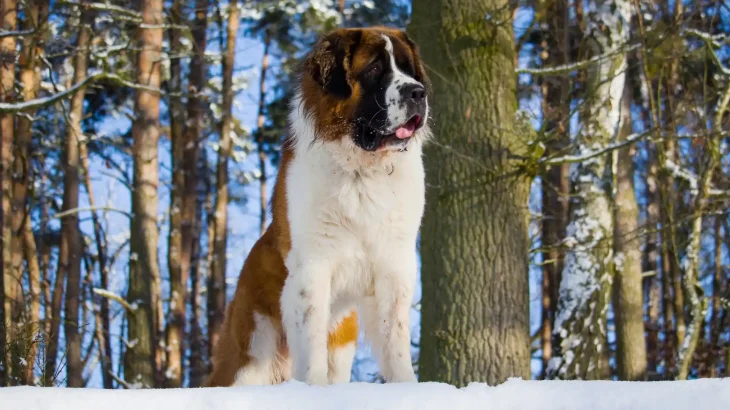Deciding whether to adopt or buy a Saint Bernard puppy involves weighing access to known health backgrounds and breed reliability against the chance to give a home to a dog in need. Purchasing from a reputable breeder usually means more certainty about lineage and genetic health, while adoption offers a chance to rescue a dog, though often with less predictable history.
Adoption vs. Breeder: Pros & Cons
| Criteria | Buying from Breeder | Adopting from Shelter/Rescue |
|---|---|---|
| Cost | Higher upfront cost reflecting purebred status and breeding expenses. | Generally lower fees, often including vaccinations and spaying/neutering. |
| Health History | Comprehensive health screenings and genetic test results usually provided. | Unknown or limited health history; basic checks done but may lack genetic details. |
| Age Availability | Mostly young puppies available, allowing early bonding and training. | Often adult dogs available, sometimes puppies, with varied ages. |
| Temperament Insight | Breeders can offer lineage-based temperament expectations. | Temperament assessed through observation, but full behavior background may be unclear. |
| Supporting Practices | Supports ethical breeding programs when sourced responsibly. | Helps reduce shelter populations and rescues dogs in need. |
| Ethical Considerations | Important to verify breeder ethics to avoid supporting puppy mills. | Promotes animal welfare by providing homes for homeless dogs. |




















































